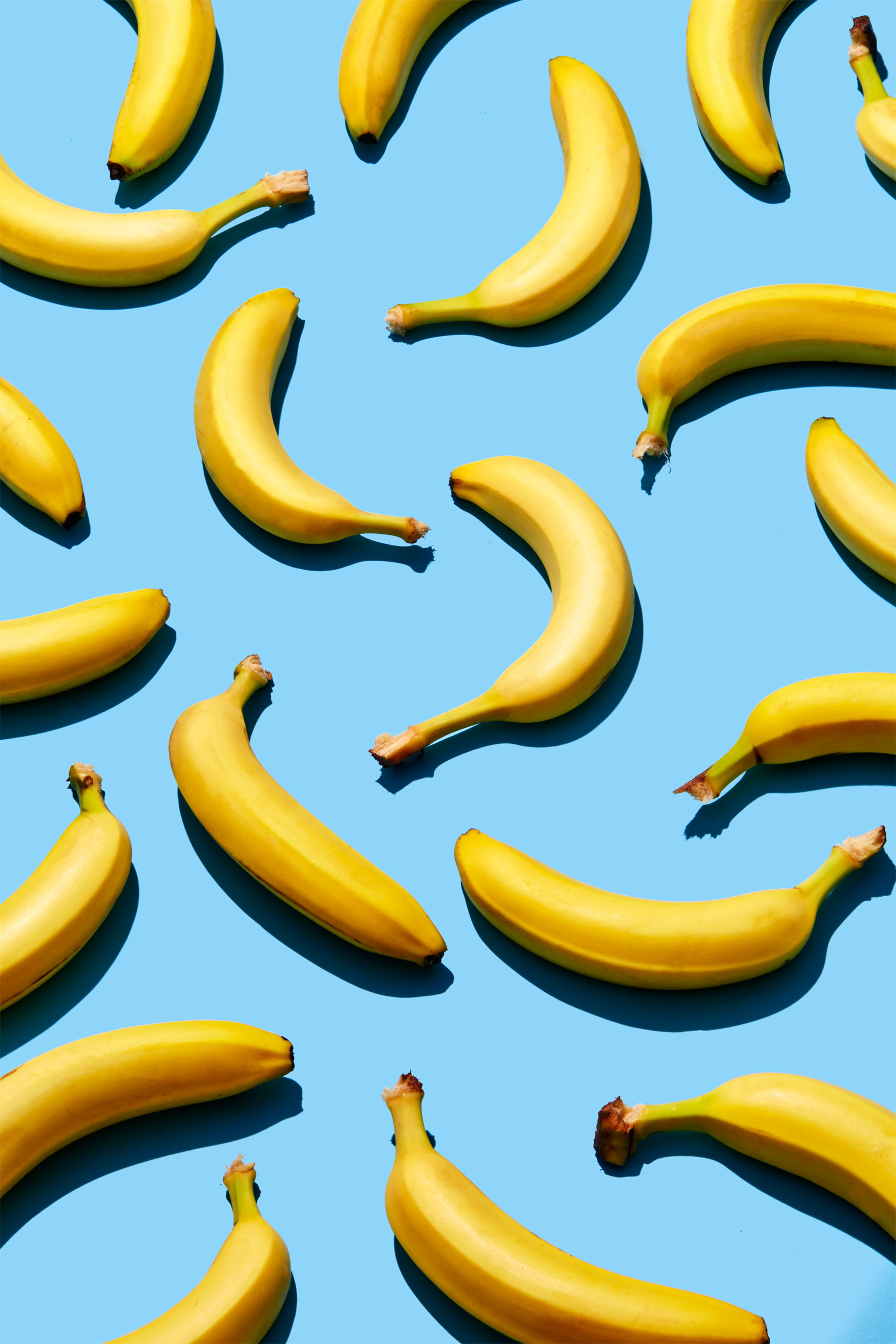
I bet you’ve heard a lot about the benefits of probiotics—but what about prebiotics? These nondigestible carbohydrates feed the good bacteria in your gut, which have been linked to digestive health, improved immunity, anti-inflammatory effects, and more.
Because prebiotics help probiotics flourish, eating more of them is a smart wellness strategy. Indeed, a 2012 study found a link between a diet high in prebiotics and a reduced risk of developing colorectal cancer. Other research has suggested that prebiotics increase calcium absorption and may improve bone density. And one small study tied prebiotics to increased satiety after meals.
You’re probably already eating some prebiotic foods simply because you like them. But I advise my clients to be strategic about getting prebiotics on a regular basis. And there may be a few prebiotic foods you haven’t tried yet. Here, six of the top prebiotic sources, plus easy, tasty ways to add them to your diet.
Health.com: 5 Easy Meals That Include a Dose of Probiotics
Asparagus
Raw asparagus, specifically. (When it comes to prebiotic produce, raw is usually the way to go because cooking can break down some of the beneficial matter in certain foods.) If you don’t find raw asparagus palatable, try lightly steaming the veggie, so it’s softer but still firm. Serve the asparagus warm, drizzled with tahini or sundried tomato pesto; or chill it and serve cool. Steamed, cooled asparagus is a great alternative to celery for scooping up healthy dips (like hummus, olive tapenade, and guacamole).
Bananas
For an extra prebiotic boost, look for bananas that are not quite fully ripe. Slice and drizzle the fruit with almond butter. Or chop and add some banana to Greek yogurt, along with fresh grated ginger and a dash of ground cinnamon. If you have a powerful blender, you can also whip an underripe banana into a smoothie, along with a sweeter fruit like berries or mango for more flavor.
Health.com: Your Gut Can Make You Slim
Dandelion greens
Add raw dandelion greens to a salad, or use a small handful as the base of a side dish or a bed for lean protein, like fish or lentils. To offset the bitterness of the greens, toss them in a dressing made with of EVOO, lemon, and garlic, and top with sliced almonds. If you find the flavor too intense, balance it with sweeter foods like cooked yams, sautéed yellow onions, or in-season fruit.
Garlic
The best form of garlic for prebiotics is—you guessed it—raw. Crush or mince a clove, and whisk into a simple salad dressing with EVOO, balsamic vinegar, Dijon mustard, lemon juice, and dried Italian herb seasoning. Raw garlic is also fantastic in homemade guacamole, pico de gallo, hummus, or white bean dip.
Jerusalem artichoke
When you think of artichokes, the gorgeous green and purple varieties probably spring to mind. Those are globe artichokes, typically served roasted or pureed into dip. Jerusalem artichokes, also called sunchokes, aren’t really an artichoke. They have a brownish, reddish knobby skin and white flesh, like many root vegetables. Once again, raw is the way to go here: Simply peel off the skin, shred, and sprinkle onto salads. Or you can combine thin slices with chopped apple or pear, and toss with a combo of extra virgin coconut oil, fresh grated ginger, cinnamon, and a bit of pure maple syrup.
Health.com: What’s the Difference Between Soluble and Insoluble Fiber?
Onions
Raw and cooked onions are both great sources of prebiotics, and of course, there are countless ways to enjoy them. Add some onion to an omelet at breakfast, a salad at lunch, or a stir-fry at dinner. If you prefer onions cooked, sauté them in low sodium organic vegetable broth, or oven roast slices on a baking sheet. Cooked onions make a delicious topping for black beans, chicken, or seafood. They also taste amazing pureed with steamed cauliflower and almond or coconut milk, as a lower-carb alternative to mashed potatoes.
Cynthia Sass is a nutritionist and registered dietitian with master’s degrees in both nutrition science and public health. Frequently seen on national TV, she’s Health’s contributing nutrition editor, and privately counsels clients in New York, Los Angeles, and long distance. Cynthia is currently the sports nutrition consultant to the New York Yankees, previously consulted for three other professional sports teams, and is board certified as a specialist in sports dietetics. Sass is a three-time New York Times best-selling author, and her newest book is Slim Down Now: Shed Pounds and Inches with Real Food, Real Fast. Connect with her on Facebook, Twitter and Pinterest.
This article originally appeared on Health.com
More Must-Reads from TIME
- Cybersecurity Experts Are Sounding the Alarm on DOGE
- Meet the 2025 Women of the Year
- The Harsh Truth About Disability Inclusion
- Why Do More Young Adults Have Cancer?
- Colman Domingo Leads With Radical Love
- How to Get Better at Doing Things Alone
- Michelle Zauner Stares Down the Darkness
Contact us at letters@time.com